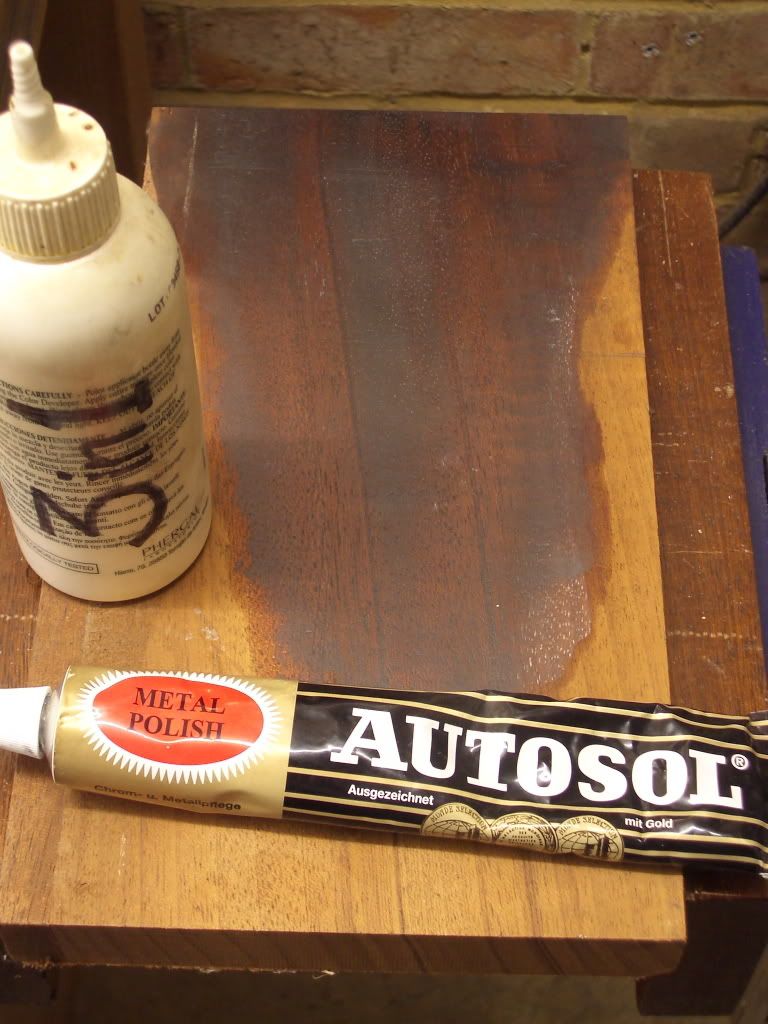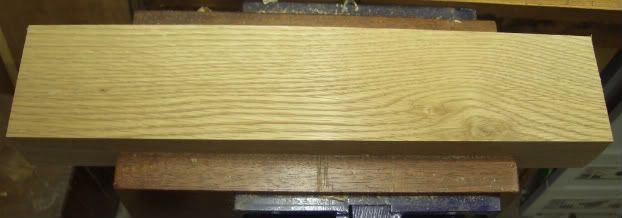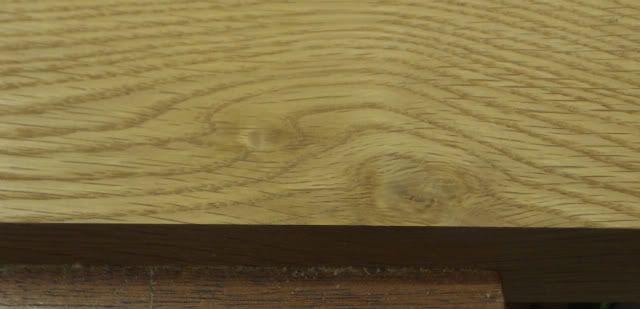jimi43
Established Member
There is a fundamental problem here...in that the physics/chemistry(?)/engineering of sharpening cannot in and by itself be seen as a topic of interest.
It is true that wood workers might (justifiably(?)) say "if it is sharp enough for the job...the job is done".
BUT....some of us find the whole aspect of "sharpening" interesting and like to dabble with the various techniques purely out of in(s)ane :wink: curiosity.
Therefore...various techniques from oil to waterstones, papers and films, Tormeks and Worksharps....are all valid in our minds and should be tested to see how they perform.
The end product is the sharpest edge "because it is" not because of what it can do. I believe this is a valid topic for discussion in its own right.
Well that's my view for what it's worth and I'm sticking to it!
Jim
It is true that wood workers might (justifiably(?)) say "if it is sharp enough for the job...the job is done".
BUT....some of us find the whole aspect of "sharpening" interesting and like to dabble with the various techniques purely out of in(s)ane :wink: curiosity.
Therefore...various techniques from oil to waterstones, papers and films, Tormeks and Worksharps....are all valid in our minds and should be tested to see how they perform.
The end product is the sharpest edge "because it is" not because of what it can do. I believe this is a valid topic for discussion in its own right.
Well that's my view for what it's worth and I'm sticking to it!
Jim







